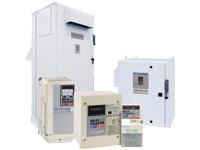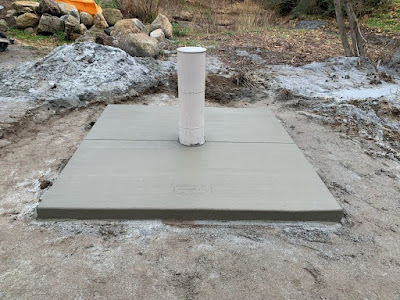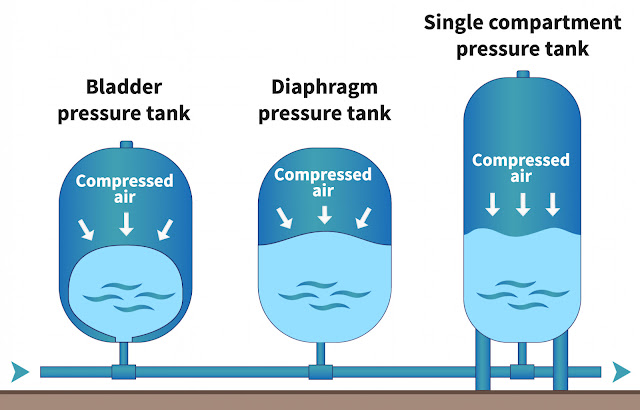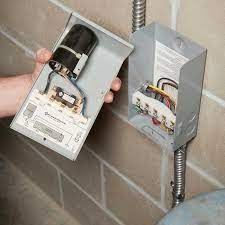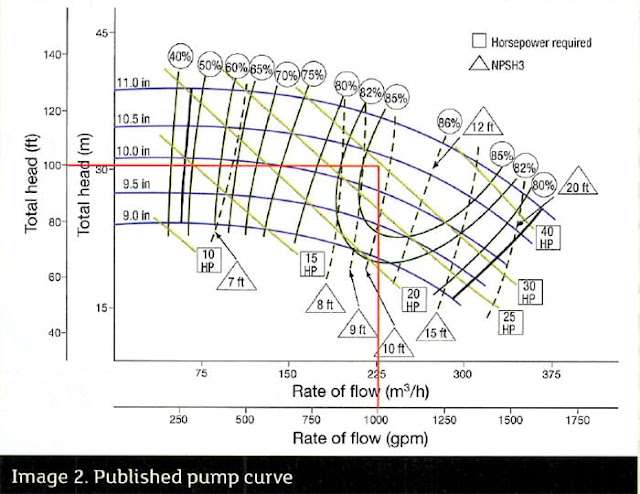Low Well Water Pressure? 4 Possible Problems

If you live in a home equipped with a well, then you may have taken the good water pressure in your home for granted until it diminished. Low water pressure can lead to showers that take longer and don't feel as refreshing, washing machines that take seemingly forever to fill up, and that chore of hand-washing dishes taking much longer than it used to. You may not immediately know the cause of sudden low water pressure in a home equipped with a well. Read on to learn about four common causes of this sudden decline in pressure. 1. Clogged Sediment Filter If your well is equipped with a sediment filter, as most are, then the key to why your home's water pressure suddenly dropped could be as simple as a clogged sediment filter. While how quickly your filter becomes clogged depends highly on the quality of your well water, a good rule of thumb is to change it every six months to not only maintain maximum water pressure, but also keep your water clean. However, some well owners need
